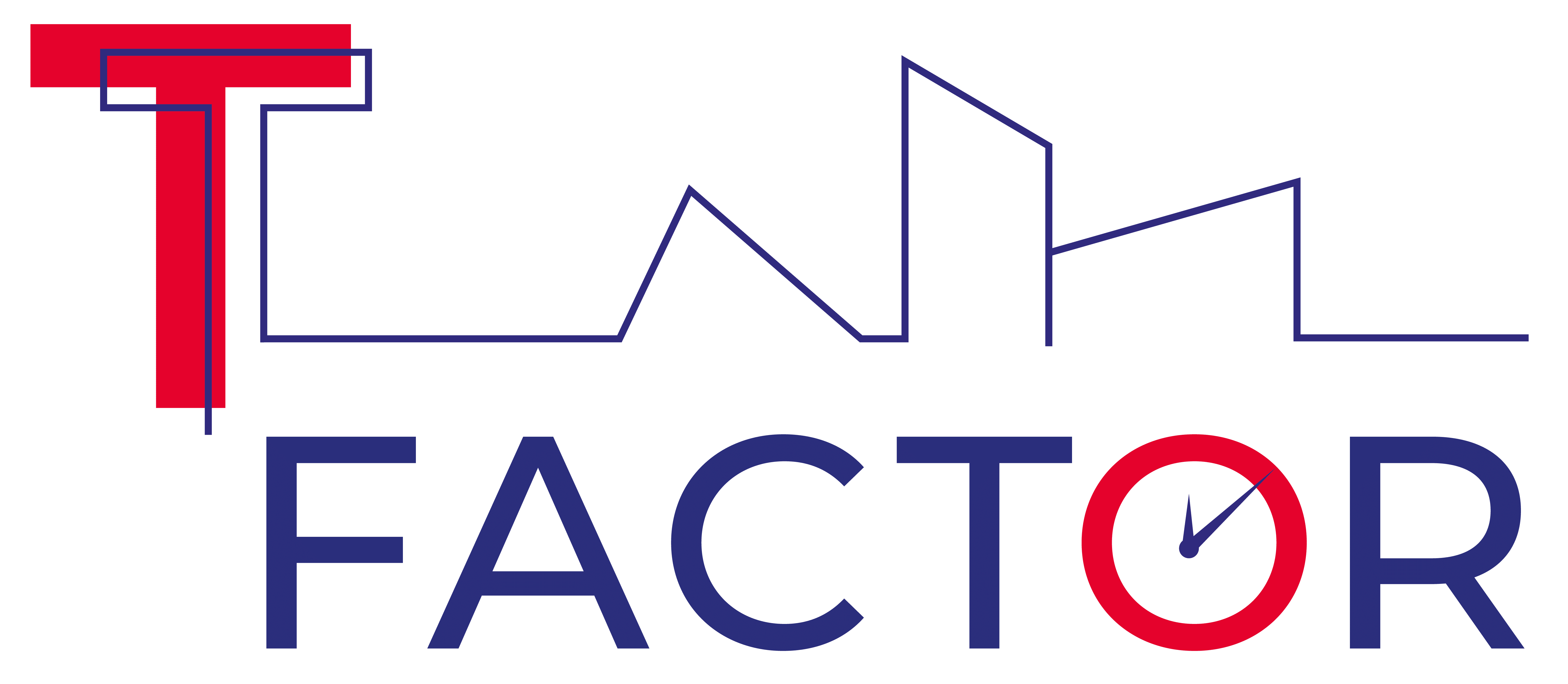Adding an ‘invisible’ layer of perception to a site analysis allows sensitive design of rituals and spaces
Author: Stella-Zoë Schmidtler
Emotional Mapping can strengthen social fabrics and lead to new uses that positively impact wellbeing in urban areas, by taking into account the usually hidden layer of perceptions and affects that city dwellers experience in an area. The Emotional Mapping Workshop, created with this aim in mind, is a tool originally developed and tested by LAND Italia in support to the T-Factor pilot at Amsterdam Science Park. This spring, it was used to explore the Zorrotzaurre island in Bilbao.
The background to this workshop was supporting the development of temporary urban projects, for which T-Factor started a collaboration with the three Universities on the island and developed a different, integrated curriculum for a wide set of students to co-create. The IED Kunsthal Bilbao, local grassroots and experts of Urban Design for Sociality & Wellbeing (LAND and UAL) designed a course, which aspires to design a ritual and a corresponding space to confront and release emotions.
Emotional Mapping workshop
After a classic site analysis by maps and images, the students of IED were taken on a tour around the island. Throughout eight stops, they were asked to express and note their experiences, focusing on sound, light, exposition, smell, etc. and guided by challenges such as silent walking or intentional moving. Within different typologies of spaces, students experienced a variety of sensations which were mapped and related to the physiology of the spaces.
The intention of the workshop was the sensitization of the students to acknowledge invisible aspects of a space – the spatial qualities – and which strongly affect their experience. Their analogue data collection during the workshop might help them to find and create the right atmosphere for the spaces they design.


